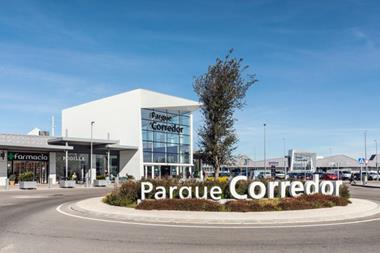Six out of the 10 hotel markets reviewed in July experienced a growth in room occupancy levels, according to a survey by TRI Hospitality Consultancy. Amsterdam showed the highest rate of improvement with an increase of 7.9 percentage points, compared with July 2008.
Six out of the 10 hotel markets reviewed in July experienced a growth in room occupancy levels, according to a survey by TRI Hospitality Consultancy. Amsterdam showed the highest rate of improvement with an increase of 7.9 percentage points, compared with July 2008.
Despite fears of a drop in visitor numbers as a result of swine flu, London hoteliers in the sample survey successfully drove occupancy levels to 92.2% in July. This was the best performing city in the sample in absolute terms.
While visitor numbers declined in July, occupancy levels in both Paris and Rome increased by 2.1 percentage points and 5.3 percentage points respectively. However, hoteliers have had to discount significantly in order to drive demand levels, and average room rate in the two markets declined by 5.5% and 6.7% respectively.
Demand is still price-sensitive and all 10 cities experienced a decline in average room rate and overall rooms in terms of revenue per available room (RevPAR), noted Jonathan Langston, managing director, TRI Hospitality Consulting, said: 'The pace of decline in rooms RevPAR is moderating in most markets and while it is probably too soon to call a recovery, we expect that the pace of decline will continue to ease over the course of the next few months.'
In the year-to-date 2009, with the exception of Warsaw, all markets reviewed experienced a decline in average room rate. Warsaw hoteliers adopted a strategy of maintaining average room rate at the expense of room occupancy and as a result, the Warsaw hotel market experienced the lowest decline in terms of RevPAR in the year-to-date 2009. Additionally, at 13.3%, the decline in profit per available room (GOP PAR) in Warsaw was the lowest after London.
The recession has resulted in an increasing number of Europeans and Americans spending their holidays at home. A report issued by the French government indicated that between July and August, international visitors to France declined by a third. Italy’s tourism industry is also forecasting a decline of 8.3% in international visitors between May and October. This is primarily due to the recession severely impacting key source markets including Germany, the UK and the US.










